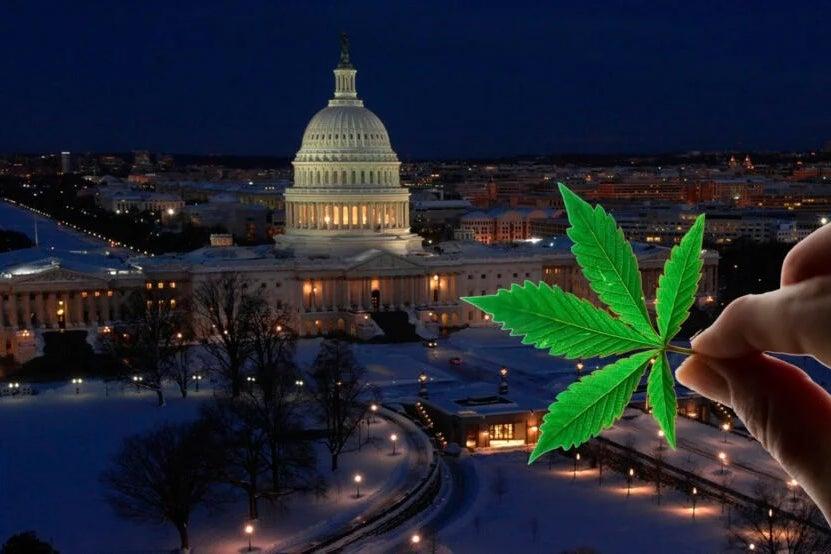- GBP/USD stays slightly below 1.2750 to start the new week.
- The BoE and the Fed will be announcing monetary policy decisions later in the week.
- The near-term technical outlook suggests the pair’s bearish bias stays intact.
GBP/USD fell nearly 1% and registered its largest-one week loss of 2024 in the previous week. The pair moves up and down in a very tight range slightly below 1.2750 at the beginning of the new week.
Pound Sterling price in the last 7 days
The table below shows the percentage change of Pound Sterling (GBP) against listed major currencies in the last 7 days. Pound Sterling was the weakest against the US Dollar.
| USD | EUR | GBP | CAD | AUD | JPY | NZD | CHF | |
| USD | 0.42% | 0.85% | 0.30% | 0.80% | 1.56% | 1.28% | 0.69% | |
| EUR | -0.42% | 0.43% | -0.13% | 0.38% | 1.14% | 0.89% | 0.30% | |
| GBP | -0.86% | -0.44% | -0.57% | -0.05% | 0.71% | 0.44% | -0.14% | |
| CAD | -0.29% | 0.12% | 0.56% | 0.50% | 1.25% | 0.99% | 0.40% | |
| AUD | -0.80% | -0.38% | 0.05% | -0.51% | 0.77% | 0.49% | -0.09% | |
| JPY | -1.56% | -1.15% | -0.48% | -1.28% | -0.76% | -0.26% | -0.88% | |
| NZD | -1.30% | -0.88% | -0.45% | -1.01% | -0.49% | 0.27% | -0.58% | |
| CHF | -0.71% | -0.31% | 0.13% | -0.41% | 0.09% | 0.84% | 0.59% |
The heat map shows percentage changes of major currencies against each other. The base currency is picked from the left column, while the quote currency is picked from the top row. For example, if you pick the Euro from the left column and move along the horizontal line to the Japanese Yen, the percentage change displayed in the box will represent EUR (base)/JPY (quote).
The UK’s Office for National Statistics will release Consumer Price Index (CPI) data early Wednesday. Later in the day, the Federal Reserve (Fed) will announce monetary policy decisions and release the revised Summary of Economic Projections, the so-called dot plot. On Thursday, the Bank of England (BoE) will publish the policy statement alongside the interest rate decision.
Ahead of these events, investors are likely to stay on the sidelines, limiting GBP/USD’s volatility.
Last week, the stronger-than-forecast CPI and Producer Price Index (PPI) readings from the US caused investors to reassess the timing of the Fed policy pivot. According to the CME FedWatch Tool, the probability of a rate cut in June declined below 60% from 70% earlier in the week. In turn, the benchmark 10-year US Treasury bond yield recovered to 4.3% and helped the US Dollar (USD) outperform its rivals.
Early Monday, US stock index are up between 0.1% and 0.4%. In case risk mood continues to improve in the second half of the day, the US Dollar (USD) could have a hard time preserving its strength.
GBP/USD Technical Analysis
The Relative Strength Index (RSI) indicator on the 4-hour chart stays near 40 and GBP/USD trades below the descending trend line, reflecting a lack of recovery momentum.
On the downside, the 100-period Simple Moving Average (SMA) and the Fibonacci 50% retracement of the latest uptrend form support at 1.2725-1.2715 ahead of 1.2670 (Fibonacci 61.8% retracement, 200-period SMA).
First resistance is located at 1.2750 (Fibonacci 38.2% retracement) before 1.2780 (50-period SMA; descending trend line) and 1.2800 (Fibonacci 23.6% retracement).
Pound Sterling FAQs
The Pound Sterling (GBP) is the oldest currency in the world (886 AD) and the official currency of the United Kingdom. It is the fourth most traded unit for foreign exchange (FX) in the world, accounting for 12% of all transactions, averaging $630 billion a day, according to 2022 data. Its key trading pairs are GBP/USD, aka ‘Cable’, which accounts for 11% of FX, GBP/JPY, or the ‘Dragon’ as it is known by traders (3%), and EUR/GBP (2%). The Pound Sterling is issued by the Bank of England (BoE).
The single most important factor influencing the value of the Pound Sterling is monetary policy decided by the Bank of England. The BoE bases its decisions on whether it has achieved its primary goal of “price stability” – a steady inflation rate of around 2%. Its primary tool for achieving this is the adjustment of interest rates. When inflation is too high, the BoE will try to rein it in by raising interest rates, making it more expensive for people and businesses to access credit. This is generally positive for GBP, as higher interest rates make the UK a more attractive place for global investors to park their money. When inflation falls too low it is a sign economic growth is slowing. In this scenario, the BoE will consider lowering interest rates to cheapen credit so businesses will borrow more to invest in growth-generating projects.
Data releases gauge the health of the economy and can impact the value of the Pound Sterling. Indicators such as GDP, Manufacturing and Services PMIs, and employment can all influence the direction of the GBP. A strong economy is good for Sterling. Not only does it attract more foreign investment but it may encourage the BoE to put up interest rates, which will directly strengthen GBP. Otherwise, if economic data is weak, the Pound Sterling is likely to fall.
Another significant data release for the Pound Sterling is the Trade Balance. This indicator measures the difference between what a country earns from its exports and what it spends on imports over a given period. If a country produces highly sought-after exports, its currency will benefit purely from the extra demand created from foreign buyers seeking to purchase these goods. Therefore, a positive net Trade Balance strengthens a currency and vice versa for a negative balance.



![Week ahead – BoE and RBA decisions headline a calm week [Video]](https://biedexmarkets.com/wp-content/uploads/2024/05/Week-ahead-–-BoE-and-RBA-decisions-headline-a-calm.jpg)